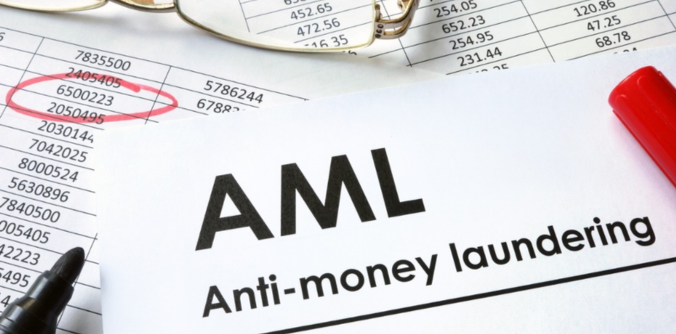Property subdivision projects: the tax implications
As the urban sprawl continues in most major Australian cities, we are often asked to advise on the tax treatment of subdivision projects. Before jumping in and committing to anything, it is important to understand the tax liabilities that might arise from these projects.
Unfortunately, many people make incorrect assumptions about the way that subdivision projects will be taxed, often believing that any tax exposure will be minimal. However, the reality is that there are a number of important issues that need to be considered and that could have a significant impact on the overall profitability of the project.
For example, when someone buys a property with the intention of subdividing it into smaller lots and selling them at a profit in the short term this will normally mean that any profit is taxed as ordinary income, rather than being taxed under the CGT rules. This means that the general CGT discount would not be available to reduce the tax liability, even if the property has been held for more than 12 months and it would not be possible to apply capital losses to reduce the taxable amount.
Also, in situations like this the sale of the subdivided lots will often trigger a GST liability, further reducing any after-tax profits generated from the project.
Many people fail to properly estimate the income tax and GST liabilities that will arise from property projects and can end up with a nasty shock when they realise the impact this has on the economic viability of the project.
The ATO has recently updated its guidance in this area, adding a number of new and practical examples to demonstrate how the tax rules will typically apply. The ATO’s examples cover the income tax and GST consequences of common property transactions such as property flipping, subdivision projects and property development activities.
For example, in one of the examples the ATO looks at a scenario where the taxpayer repeatedly buys, renovates, and sells properties. They engage in market research, seeking professional advice, taking out business loans, and then carrying out renovations in a business-like manner. The ATO takes the view that the taxpayer is running a business, since the taxpayer’s primary intention is to make a profit from the renovations and reselling of the property.
The profits are treated as ordinary income and taxed on revenue account. The CGT provisions don’t apply here since the property is held as trading stock. However, GST doesn’t apply on this particular situation as long as the properties have not undergone “substantial renovations”, which needs to be considered carefully.
On the other hand, in another example the ATO deals with a taxpayer who subdivides the vacant land from their main residence because of ill health and growing debt levels. Since they didn’t initially intend to profit from the subdivision and sale of the vacant land, the sale is viewed as the mere realisation of a capital asset rather than a business venture. The activities related to the subdivision are limited to necessary actions for council approval, reflecting a low level of complexity and small scale. The sale of the subdivided lot is taxed on capital account under the CGT rules, qualifying for the general CGT discount if the land has been held for more than 12 months. However, the main residence exemption cannot apply because the land is not being sold together with the dwelling that has been used as the taxpayer’s main residence.
You can find the ATO’s guide and examples here








